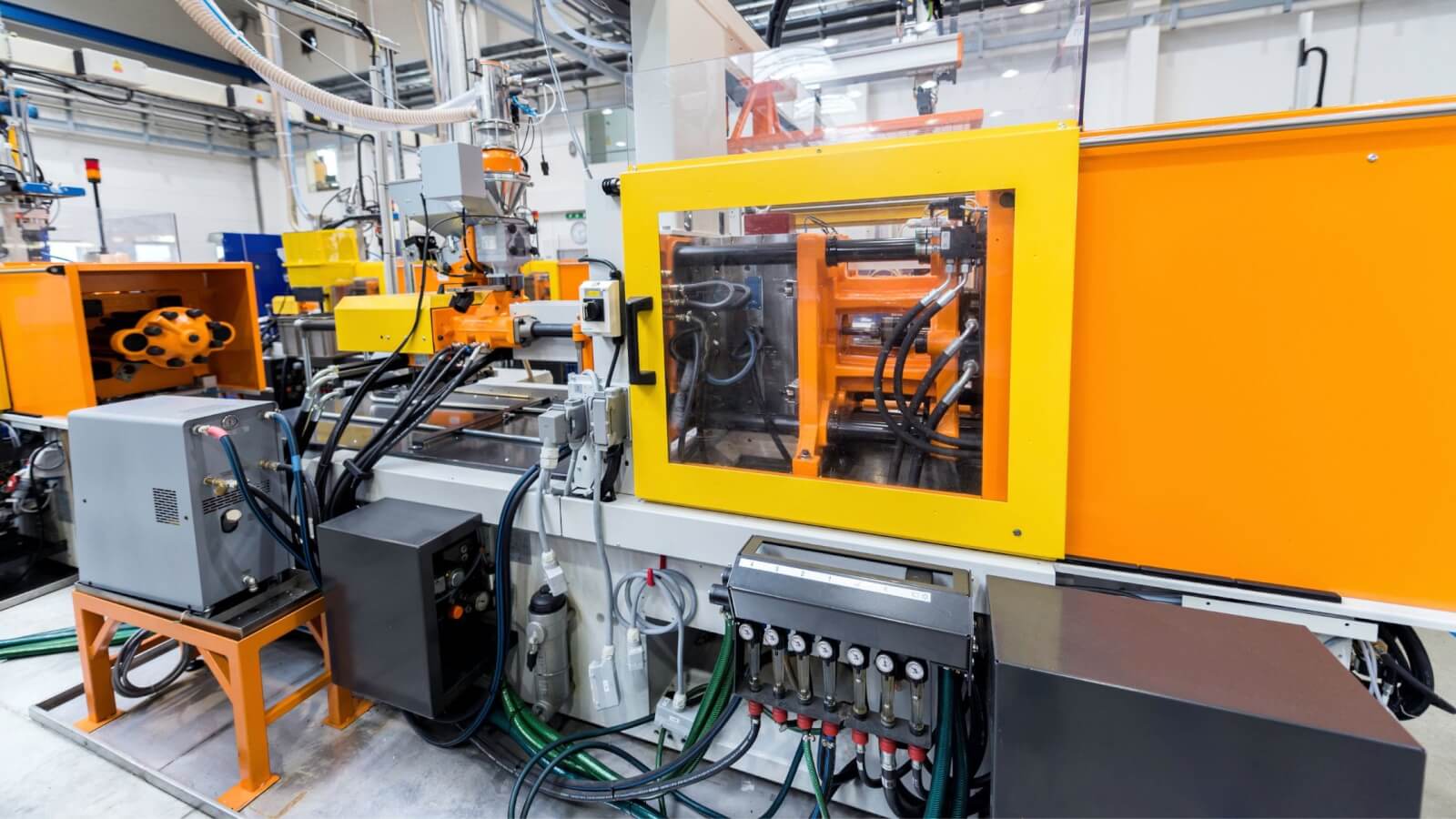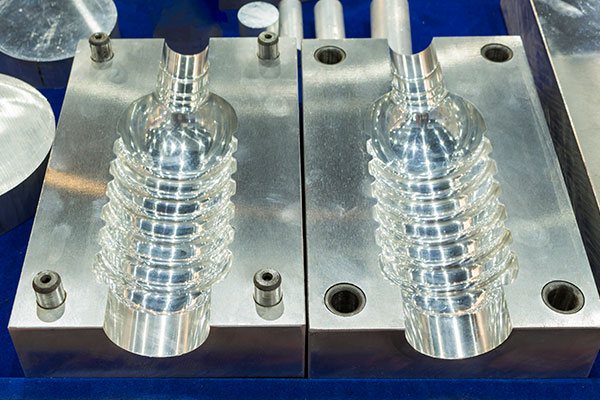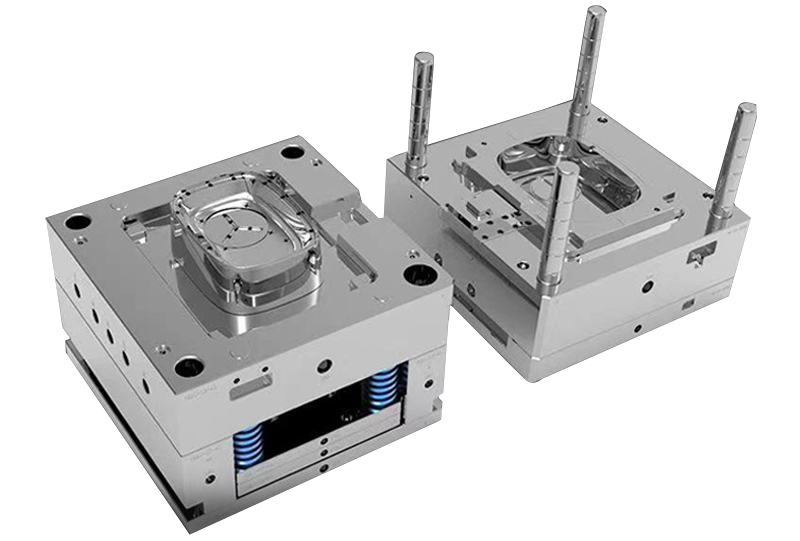Discovering the Future of Plastic Injection Molding in the Production Industry
Discovering the Future of Plastic Injection Molding in the Production Industry
Blog Article
Recognizing the Essentials of Plastic Injection Molding Procedures
Plastic shot molding serves as a cornerstone of modern manufacturing, providing a methodical strategy to creating intricate components with accuracy. Checking out these crucial aspects can expose how even small modifications can lead to considerable renovations in production results, raising concerns about the potential for development in this recognized process.
What Is Plastic Shot Molding?
Plastic shot molding is a commonly used manufacturing procedure that transforms polycarbonate and thermosetting materials into exact and complicated shapes. This strategy is preferred for its capability to produce high volumes of similar parts with extraordinary accuracy, making it an essential method in different industries, including automotive, durable goods, and medical tools.
The process involves melting the picked plastic product and infusing it right into a mold and mildew under high stress. The mold and mildew, designed to the specs of the preferred component, enables the molten plastic to form as it cools and strengthens. Once the material has set, the mold and mildew is opened up, and the finished element is ejected.
Plastic injection molding uses numerous advantages, including reduced waste, uniformity in production, and the capability to include elaborate designs that may be testing with other manufacturing approaches. Furthermore, it supports a wide variety of products, each offering distinct residential or commercial properties that can be tailored for certain applications. As industries remain to introduce, plastic shot molding stays at the leading edge, allowing the growth of innovative products that fulfill developing consumer needs.
The Injection Molding Process
The injection molding process is an advanced method that entails a number of crucial phases to produce top quality plastic components. Plastic pellets are fed into a warmed barrel where they are melted into a thick fluid. This molten plastic is then injected under high stress into a precision-engineered mold, which shapes the product into the preferred kind.
When the mold is loaded, the plastic is permitted to solidify and cool, taking the form of the mold cavity. Cooling time is important, as it affects the cycle time and the final residential or commercial properties of the shaped component. After sufficient air conditioning, the mold and mildew opens up, and the completed part is expelled using ejector pins.

Products Made Use Of in Shot Molding
Numerous products can be made use of in the shot molding procedure, each offering distinct residential or commercial properties that satisfy details applications. One of the most commonly utilized materials include thermoplastics, thermosetting plastics, and elastomers.

Thermosetting plastics, like epoxy and phenolic resins, undergo a chemical adjustment throughout the click for source healing procedure, leading to a stiff, inflexible framework. These products are suitable for applications requiring high heat resistance and architectural integrity, commonly made use of in electrical insulators and automotive components.
Elastomers, consisting of silicone and rubber-based materials, offer adaptability and durability. Their distinct homes make them appropriate for applications that require flexibility, such as seals and gaskets.
Additionally, specialized products like bio-based plastics and composites are getting grip for their environmental benefits and improved performance features, broadening the scope of injection molding applications in numerous industries. Comprehending the residential properties of these materials is crucial for selecting the ideal kind for specific jobs.
Benefits of Shot Molding
Shot molding sticks out as a very efficient manufacturing process that uses countless advantages for generating complicated get rid of accuracy. One of the most significant advantages is the capability to create complex designs that would certainly be impossible or challenging to accomplish with various other techniques (Plastic Injection Molding). The procedure permits thorough functions and tight resistances, guaranteeing top notch elements
Furthermore, injection molding is known for its fast production abilities, making it a suitable option for high-volume production. As soon as the mold and mildew is produced, parts can be created swiftly, lowering lead times and raising overall performance. This performance not just reduces production costs but also offers an one-upmanship in the market.
The flexibility of products utilized in home shot molding even more enhances its appeal. A broad range of thermoplastics and thermosetting polymers can be utilized, enabling manufacturers to choose products that best meet their certain requirements, including warm, strength, and adaptability resistance.
Moreover, the procedure minimizes waste, as excess product can usually be reused and recycled. This sustainability facet adds to a reduced environmental influence, making shot molding a responsible manufacturing choice. On the whole, the benefits of shot molding make it a preferred method for numerous markets.
Variables Impacting Product Quality
While many variables can influence item top quality in shot molding, recognizing these aspects is crucial for accomplishing optimum outcomes. Secret aspects consist of material option, refining criteria, and mold and mildew style.
Product choice plays an essential duty, as different polymers show one-of-a-kind residential or commercial properties that affect flowability, stamina, and thermal stability. Inadequate product option can bring about defects such as bending or incomplete filling.
Handling parameters, including pressure, cycle, and temperature level time, need to be carefully managed. Variations in these settings can result in disparities in component measurements and surface finish. Exceedingly find out here now high temperature levels may trigger destruction of the polymer, while inadequate pressure can result in brief shots.
Mold and mildew design is similarly important, as it determines the flow of the molten plastic and the cooling procedure. Inadequately created mold and mildews might result in unequal air conditioning rates, leading to dimensional errors and residual stress and anxieties.

Conclusion
Finally, plastic injection molding functions as a crucial production procedure that makes it possible for the effective production of top quality components. Proficiency of the shot molding process, including the understanding of products and the impact of different elements on item top quality, is necessary for attaining ideal outcomes. The benefits of this method, such as cost-effectiveness and style adaptability, further underscore its significance throughout several sectors, solidifying its status as a preferred choice for high-volume manufacturing.
Plastic injection molding offers as a foundation of modern-day production, offering a methodical strategy to creating complex components with precision.Plastic shot molding offers a number of benefits, consisting of lowered waste, consistency in production, and the capacity to include elaborate layouts that may be challenging with other producing approaches (Plastic Injection Molding). As industries proceed to innovate, plastic shot molding stays at the leading edge, making it possible for the growth of sophisticated products that satisfy progressing consumer demands
The injection molding procedure is an innovative technique that entails a number of essential stages to create premium plastic elements.In verdict, plastic injection molding offers as an essential production process that makes it possible for the effective production of top quality elements.
Report this page